- Bernard Preston homepage
- Starch
- How to Test for Prediabetes
How to test for prediabetes
How to test for prediabetes is supremely important since recent guidelines indicate that one out of two of those eating typical grocery store food have significantly raised blood-glucose; that probably applies to most countries where the "industrial diet" predominates.
It is the leading cause of kidney, pancreatic and liver disease; and adult-onset blindness. This is not "small beer."
Added to that the increased risk of heart-disease and stroke makes diabetes the seventh leading cause of death.
How to test for prediabetes at home may help those who have great anxiety about consulting doctors; a sharp retort about their weight may just be too painful to contemplate.
But in reality most doctors now think intensive lifestyle management for obesity has limited value; we are simply unable to comply with the demands.
Ironically it's all because of medical researcher, Radley Keys who crooked the books. He led the world down the garden path and programmed us for raised blood glucose and insulin-resistance; and a love of refined carbs.
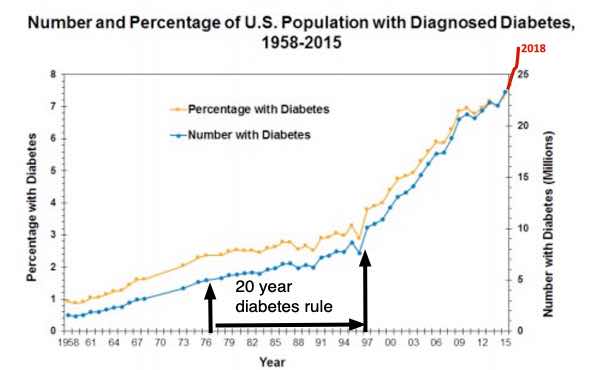 Dr George Campbell's 20-year diabetes rule
Dr George Campbell's 20-year diabetes ruleUsing the current guidelines which many argue should be far tighter, at least 48% of Americans have significantly raised blood-glucose.
- 13% of adults have frank diabetes.
- 35% have prediabetes.
Given that only one in seven know that they are seriously at risk, how to test for prediabetes at home is certainly relevant.
How to test for prediabetes
How to test for prediabetes can be achieved in three different ways. Two of them can easily be done at home if you know someone who has a glucometer; many folk have the device.
Here are the guidelines for diagnosing prediabetes.
- A fasting blood glucose level above 100 mg/dL (5.55 mmol/L).
- A 2 hour post-glucose load giving a reading above 140 mg/dL (7.77 mmol/L).
- HbA1c above 5.7%.
If two of the three are raised you are in a very high risk group of progressing to frank diabetes. If only one is elevated but not the others then you can relax a little but a healthier lifestyle is still advisable; more exercise after starchy meals and less refined carbs.
The frank-diabetes levels are obviously higher.
- A FBG level above 125 mg/dL (7.0 mmol/L)
- A 2-hour level above 200 mg/dL (11.1 mmol/L)
- HbA1c above 6.5%.
"Many older folks have the label of prediabetes because of a mildly elevated A1c but we know that most will never get the disease."
- Dr Sue Kirkman, MD
People with prediabetes who have a BMI over 35 kg/m2 do have significantly higher progression rates to frank disease than those with a lower body mass index.[7]
1. Fasting blood glucose
The fasting blood glucose is the easiest way to test for prediabetes. One prick first thing in the morning before eating or drinking will do the trick. However it is probably also the least reliable; other tools may confirm that it was a false negative.
2. Glucose tolerance test
In the medical setting the glucose load for the 2-hour test is 75 grams; about 15 tsp of sugar, for a precise reading. It's also done first thing in the morning in the fasting state. It is not popular with patients and clinicians find it cumbersome.
Should you object to so much sugar, you could drink 750 ml of freshly-squeezed OJ; about 6 oranges. Then without exercising and nothing else to eat, you would prick your finger two hours later and test your blood glucose.
Ideally you should drink all that juice immediately after the fasting blood-glucose test on awakening in the morning; two hours later prick your finger for a second time.
How to test for prediabetes can be done at home but obviously this would just be an approximate reading. It would be a good guide; if the result is high then you should obviously go for a full medical evaluation.
"With the loss of traditional lifestyles, the prevalence of type 2 diabetes has risen to as much as a third in many indigenous populations. They have really high rates of end-stage kidney disease, amputation and cardiovascular conditions; and death."
- Medscape
3. HbA1c
The HbA1c test is the most reliable according to some doctors since it gives a measure of blood glucose averaged over the life of a RBC; about two months. It is unaffected by what you've recently consumed; nor whether you have been ill or not. It has to be done by a path lab but could be ordered without consulting your GP.
A reading above 5.6% is of concern. Keto-physicians would argue that it should really be below 5.5pc and even lower for unstable diabetics.
Lancet Laboratories has produced an excellent, very readable article on HbA1c[8].
All carbohydrate?
There is considerable disagreement amongst physicians whether those who are prediabetic should eschew all carbs; or just the refined starches. There are persuasive arguments on both sides of the divide.
The issue is how quickly and to what degree the starches we consume are converted into blood glucose. The pro-unrefined carbs group argue that there is massive evidence that whole grains and the pumpkin family for example, provide much needed fibre; and the phytonutrients that prediabetics need to manage their disease.
By keeping portions small they can be assured of an overall low glycemic-load.
Dates for example pack a lot of carbs; 18 grams each but because of their high fibre content (2g) they have a low GI. They are not associated with significant changes in blood sugar; but keep the load down (no more than two or three) and enjoy them with a protein such as pecan nuts.
And yes admit it plainly that prediabetes is already a diseased state and chronically raised blood glucose affects almost a half of the adult population.
The all-carb group of physicians from the keto lobby would say that it is impossible for those with a BMI over 30 to lose a significant amount of weight without severely limiting all starches; certainly below 50g per day and even less for those who are morbidly obese.
Weight-loss research confirms that the obese cannot lose weight by exercise alone; the body compensates so that only half of the energy expended in walking, for example actually contributes to a meaningful drop on the bathroom scale.
Both groups are correct
This man lost an incredible 85kg by banting, one of the ketogenic diets.
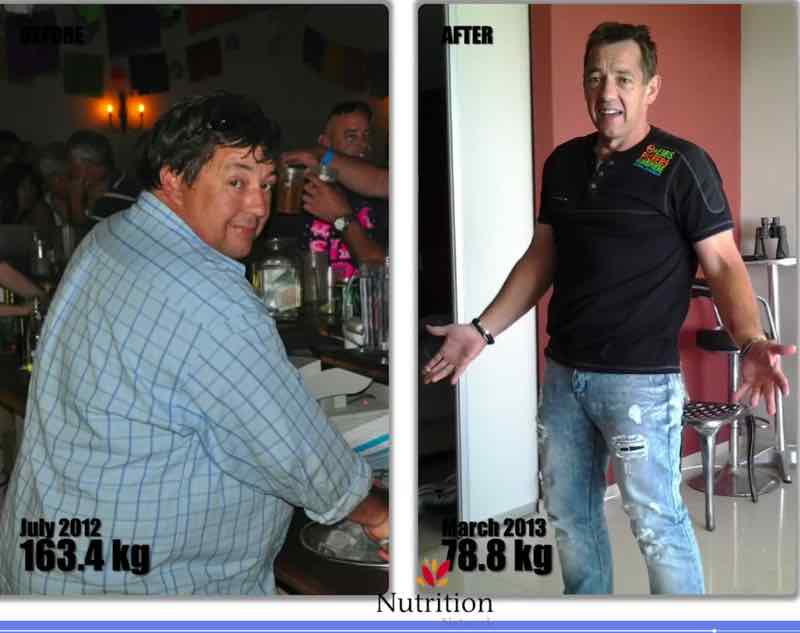
Both groups are correct, of course. Whole grains and low GI starches like butternut certainly contribute to more stable blood glucose and greater wellness. The pumpkin family has actually been used for centuries in the treatment of diabetes; in small portions to keep the glycemic-load down.
And the keto-groups are also correct; we can only lose pounds by strictly limiting all carbs, even the good ones, for a period if we are morbidly obese. They would also say that true "whole grains" are extremely difficult to get in any case. Other than corn on the cob, brown rice and Bulgar they are few and far between.
About the only exception is baking your own artisan bread[2] using 100 percent real flour.
How to test for prediabetes has great value as it affects half the people in many countries; it is a pandemic all on its own.
It weaves its own mystery around the virus with diabetics falling left and right.
Can we trust governments?
Comparing the performance of health care systems in high income countries, the US comes stone-last by a large margin[3]. And according to the Bloomberg index, America is only 37th in the whole world, this despite as a percentage of GDP spending about 70% more.
And South Africa features only on the lists of the most unhealthy countries; in the bottom ten.
When it comes to universal and affordable care, the Netherlands is the best performer; again with the US stone-last.
What this means is that each of us needs to take more responsibility for our own wellness; there are so many factors that government cannot and will not deal with.
In South Africa for example state departments promote the supply of cake flour, ultra-refined maizemeal and white rice to school children; and sugar too. Not surprisingly nearly half the kids in rural areas are permanently stunted.
Each person must treat Brother Ass kindly or he will certainly turn around and bite us, to use the allegory of St Francis. Sister Jenny can be just as vicious when fed on highly-refined starches.
We all should know how to test for prediabetes; and be willing to deal with the issues raised if we want to live long in the land.
What can I do for myself?
What can I do for myself is a question we should be asking ourselves. After all we are the ones who will experience the sheer misery of poor health; worse than pain is the disability. We simply are unable to do the things we want to do; strong and zestful eighties and nineties are completely off the radar.
These are the factors we rank highly. Follow them and you will not have to know how to test for prediabetes.
1. Take a walk regularly
Those who take a walk regularly have a massive lower all-cause of death. Yes, an hour would be better than ten minutes but try and do something every single day; especially after a starchy meal.
2. Eat many coloured foods
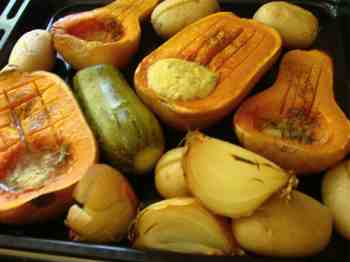
Coloured foods contain the unnumbered phytonutrients, far too many to count; so important for wellness. You simply cannot get them all, or even a fraction from supplements. And in particular in regard to prediabetes, make sure that small amounts of the pumpkin family find their way onto the plate regularly; without sugar.
To get sulforaphane for diabetics you have to be eating your greens daily. The soluble fibre alone that is digested in the colon makes spinach and kale, for example vital for greater wellness.
3. Enjoy more whole foods

Whole foods are becoming increasingly difficult to obtain; it takes some effort.
Convenience foods are our downfall. Once in the groove baking your own pizza with a whole-grain base really is not difficult; but you do have to plan ahead if you want to make it with sourdough.
Why is whole grain better? Corn on the cob should be on the plate regularly all summer.
The insoluble fibre has an incredible number of benefits for the happy tum, much related to the production of so-called "short chain fatty acids." They are critically important for our overall wellbeing but especially in controlling inflammation; and the hormones affecting mood and conditions like Parkinson's disease.
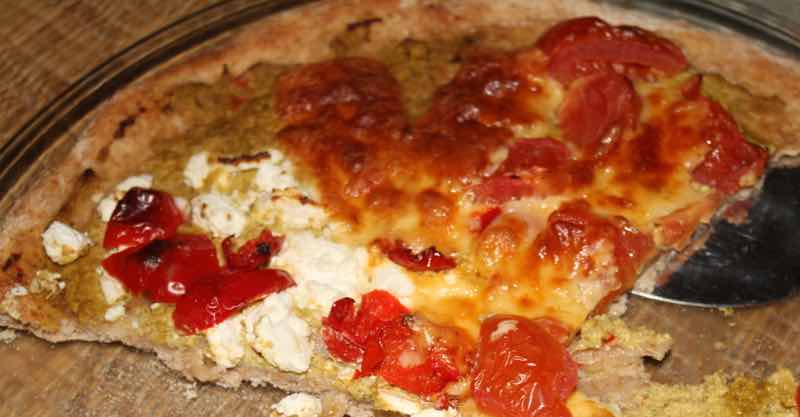
4. Make your own probiotic
How to make kefir is easy; really it takes so little effort, perhaps five-minutes twice a week. Keeping a healthy microbiome in the gut is absolutely fundamental to our wellness; you simply cannot get the required broad spectrum of friendly bugs from a supplement.
The gut is now being called the second-brain. This is where the neurodegenerative diseases like Alzheimer's begin.
Loss of either the total number or the diversity of microbes in the gut is strongly associated with pro-inflammatory compounds; a cytokine storm becomes increasingly likely in the event of infection.
Kefir alters the gut microbiota composition, promoting a raised Bacteroidetes to Firmicutes ratio, associated with lower rates of obesity and diabetes[8].
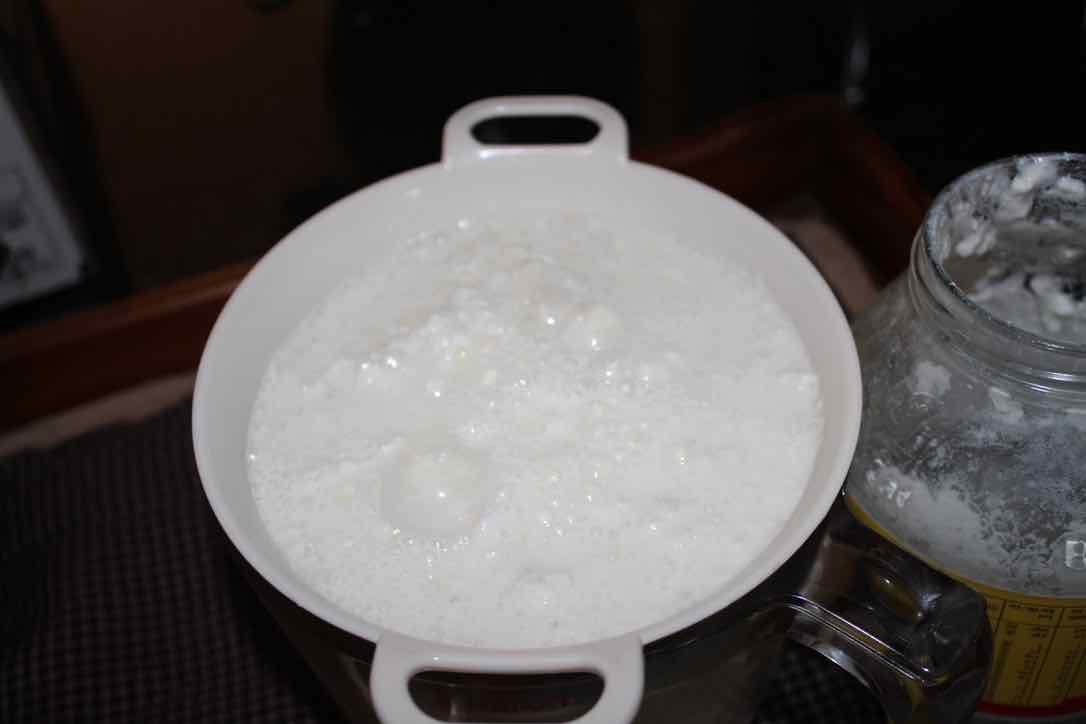
5. Bake your own sourdough bread
In all five Blue Zone countries[4] they bake and eat only sourdough bread; the taste is divine. In particular if you use 100-percent real flour you get the lignans that help prevent breast tumours and the vitamin E that is a natural anticoagulant.
All the fibre means you will not have to know how to test for prediabetes and you are unlikely to suffer from a colorectal tumour; a bowel movement becomes a daily two-minute affair.
"Lignans are bioactive, non-nutrient, without calories phenolic plant compounds that are found in highest concentration in flax and sesame seeds; and in smaller amounts in grains, fruits and vegetables.[6]"
6. Use more olive oil
"In a prospective cohort study of 92 383 adults observed over nearly thirty years, the consumption of more than 7 g/d (1.5tsp) of olive oil was associated with a 28% lower risk of dementia-related death compared with never or rarely consuming olive oil, irrespective of diet quality."
- JAMA open network
Both fats and carbs get bad press. Whilst the debate rages whether butter should be back and other saturated foods such as the coconut, all scientists agree that more olive oil is highly beneficial; avocados too.
Toss those commercial salad dressings and just use lemon juice and a couple tablespoons of olive oil; good for your heart and the aging brain.
7. Watch out for food additives
Food companies add a host of different chemicals to make our food more attractive, supposedly taste better and prolong their shelf life; emulsifiers in peanut butter, for example. They have diverse noxious affects like damaging the mucosal layer in the gut making it more permeable to toxic substances.
So too non-nutritive sweeteners such as saccharin and aspartame clearly affect the microbiome, ironically negatively promoting obesity and prediabetes.
Fatty liver disease
Non alcoholic fatty liver and prediabetes go hand in glove; they are high on the list of the so-called "diseases of civilisation." The organ is simply unable to cope with all that glucose pouring in from the refined carbs that we are eating; there is a buildup of triglycerides and a terminal condition called steatohepatitis begins.
High fructose corn syrup is clearly associated with a higher risk of NAFLD; and tumors in the colon and liver. Unscrupulous bottling companies often hide it in adulterated honey for example; and many other common processed foods.
Add to that excessive alcohol and you'll be in the queue for a liver transplant.
Fatty pancreas
Fatty pancreas is not dissimilar to infiltration of the liver by droplets of lipid; only it's worse because they actually replace the functional cells that secrete hormones like insulin and enzymes for digestion. Type 2 diabetes is the result; and a possible incurable cancer of the organ.
Do you remember Steve Jobs? All the Apple money could not save him. He died at 56, a tragic loss to the world.
Knowing how to test for prediabetes at home is so useful; it could save your life.
All too much trouble?
If it's all too much trouble then sitting under the trees you once planted, sipping coffee and watching the grandchildren grow up will probably not be your lot; instead anticipate that pain, pills and doctors may in the future be your constant companions. It is entirely about the lifestyle "choices" we make.
As for me and my family we want to live long in the land, without pain and pills so we have chosen the road less traveled. It is alas no guarantee.
"Two roads diverged in a yellow wood,
And sorry that I could not travel both,
I took the one less traveled by,
And that has made all the difference."
Get back to the foods your great-grandmother once served; then you will not be needing to test for prediabetes.
- Anti-diabetic effects of pumpkin
- What is artisan bread?
- Health care in the U.S. compared to other high-income countries
- Blue zone longevity
- 10 T2D lies with Dr Ken Berry, MD
- Dietary lignans: physiology and potential for cardiovascular disease risk reduction
- Dubious Diagnosis: Is There a Better Way to Define Prediabetes?
- Kefir Supplementation Modifies Gut Microbiota Composition
- HAEMOGLOBIN A1C @ Lancet Laboratories
When browsing use right click and Open Link in New Tab, or you may get a bad gateway signal.
Newsletter
Our newsletter is entitled "create a cyan zone" at your home, preserving both yourself and Mother Earth for future generations; and the family too, of course. We promise not to spam you with daily emails promoting various products. You may get an occasional nudge to buy one of my books.
Here are the back issues.
- Lifestyle and ideal body weight
- What are ultra-processed foods?
- Investing in long-term health
- Diseases from plastic exposure
- Intensive lifestyle management for obesity has limited value
- A world largely devoid of Parkinson's Disease
- The impact of friendly bacteria in the tum on the prevention of cancer
- There's a hole in the bucket
- Everyone is talking about weight loss drugs
- Pull the sweet tooth
- If you suffer from heartburn plant a susu
- Refined maize meal and stunting
- Should agriculture and industry get priority for water and electricity?
- Nature is calling
- Mill your own flour
- Bake your own sourdough bread
- Microplastics from our water
- Alternative types of water storage
- Wear your clothes out
- Comfort foods
- Create a bee-friendly environment
- Go to bed slightly hungry
- Keep bees
- Blue zone folk are religious
- Reduce plastic waste
- Family is important
- What can go in compost?
- Grow broad beans for longevity
- Harvest and store sunshine
- Blue zone exercise
- Harvest and store your rainwater
- Create a cyan zone at your home
Did you find this page interesting? How about forwarding it to a friendly book or food junkie? Better still, a social media tick would help.
- Bernard Preston homepage
- Starch
- How to Test for Prediabetes
Address:
56 Groenekloof Rd,
Hilton, KZN
South Africa
Website:
https://www.bernard-preston.com